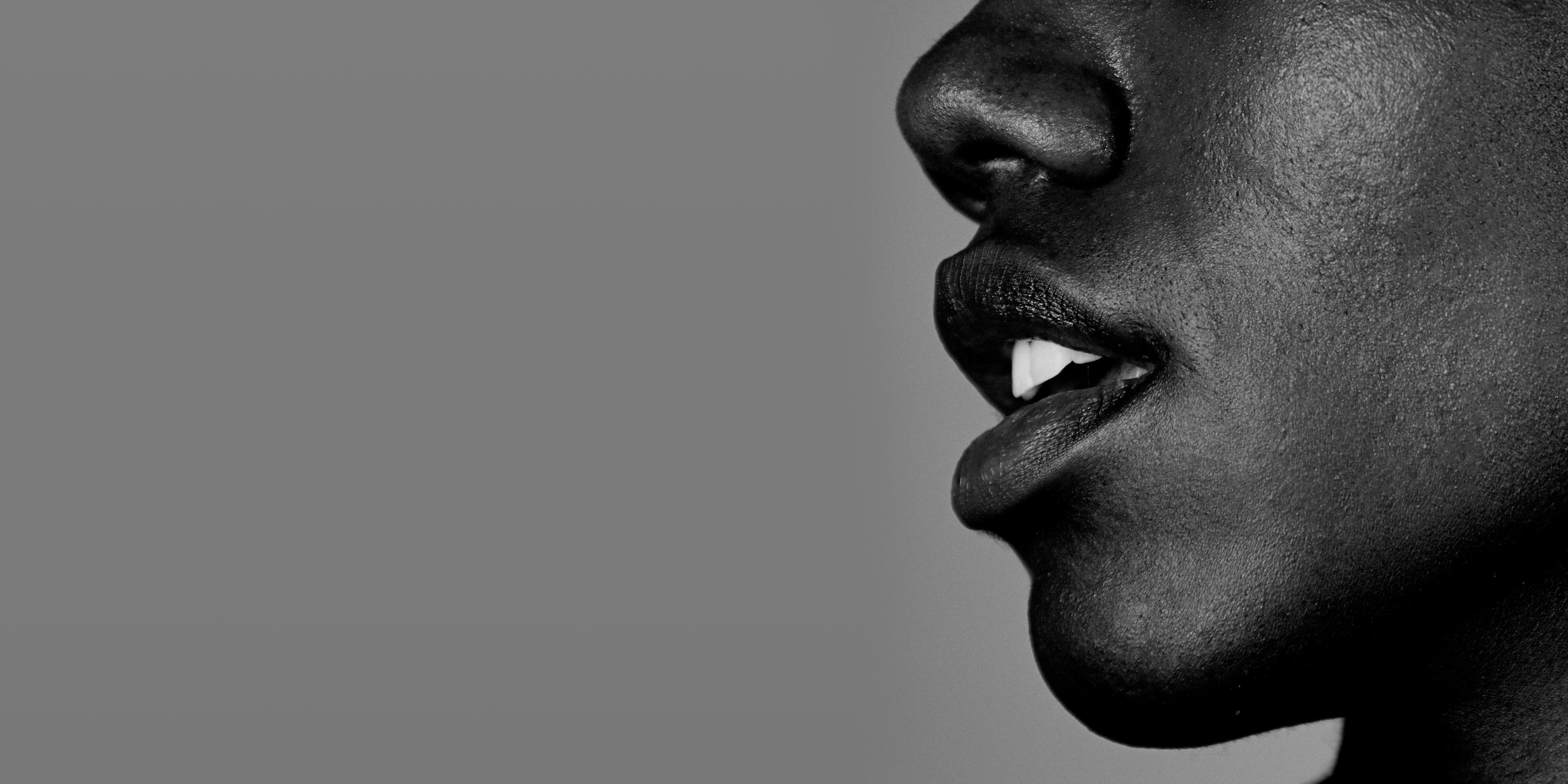Thoughts on Allyship, in Brief
By Sara Leeds

Crafting the right opening to this letter involved a lot of half
typed words and many more deletions. I realized that this pressure
to start with complete certainty was self-imposed, recognizing the
gravity of this moment [crisis] in time. Further, my hesitancy was a
broader metaphor for the journey of an ally; it’s not about starting
perfectly, it’s about starting. Period.
To those who also
strive to stand in solidarity with the Black Lives Matter movement:
My hope is that as you read this, whomever and wherever you are, you
realize that regardless of where you’re starting from, you’ve made
the right decision. But also realize that you have much to learn,
and perhaps even more to unlearn as you embark on the journey that
is allyship.
To me being an ally also means knowing our work never ends, even if the news cycles do.
I recall an early memory of understanding the importance of discussing pervasive racism in our society. On occasions I would visit my dad at work, a K-12 private school in New York. I’d be driven through a largely white neighborhood of perfectly maintained lawns and tudor mansions that culminated in a gated campus. Yet turning into the parking lot behind campus featured a different picture of what was predominantly Black and lower income residences. Why would a community be literally constructed to turn its back on its neighbors? The glaring division was often discussed in my home, as well as efforts to bridge the communities together (although this is best explained outside the brief letter I write to you today). While I’m so thankful to my parents for creating space for conversations like this at a young age, I know that this shouldn’t lead to praise and doesn’t excuse me from action, learning and overall doing much better today. Being anti-racist shouldn’t be provoked. It is an uncomfortable truth for me to write that I’ve most clearly understood the distinction between being “not racist” and being “actively anti-racist” following the murder of George Floyd.
Striving to be an ally does not simply mean a social media display.
Can it be part of the equation? If done responsibly with attention to
the voices of those you wish to support, absolutely. But really,
active allyship means taking non-performative actions. It means
putting our money behind organizations that move the needle and behind
Black-owned businesses. It means recognizing our biases, calling out
friends and family for racist micro-aggressions, learned behaviors and
beliefs, signing petitions, showing up at protests, challenging
ourselves to (un)learn by reading literature and watching films.
Allyship
means knowing your work never ends, even if the news cycles do. It
means carving space in your day-to-day habits to support those you
wish to stand with. I encourage you to reflect on your routines and
your passions. You may find that some are already tied to anti-racist
work. I recently launched a sustainable fashion business. In growing
this brand and educating myself on the industry, I’ve uncovered that
being anti-fast fashion and anti-racist are inextricably linked.
Striving
to be an ally means change happens at the individual level, and that
sitting around waiting for leaders to act isn’t an option. It means
holding companies and academic institutions accountable when your
Black colleagues and classmates don’t have the same opportunities as
white people. It means making sure that a Black artist whose dance
you’re memorizing for your next TikTok video gets the credit they
deserve for their work. It means looking at your inner circle and
admitting if it doesn’t include Black people, and thinking about why
that is. It means not forcing Black people to put their trauma on
display so you can learn. It means being uncomfortable and holding
ourselves accountable daily.
Striving to be an ally means
I’ll forever seek more ways I can continue striving to be an ally.
I
believe that Black Lives Matter, and that all lives cannot matter
until ALL Black lives matter.


















